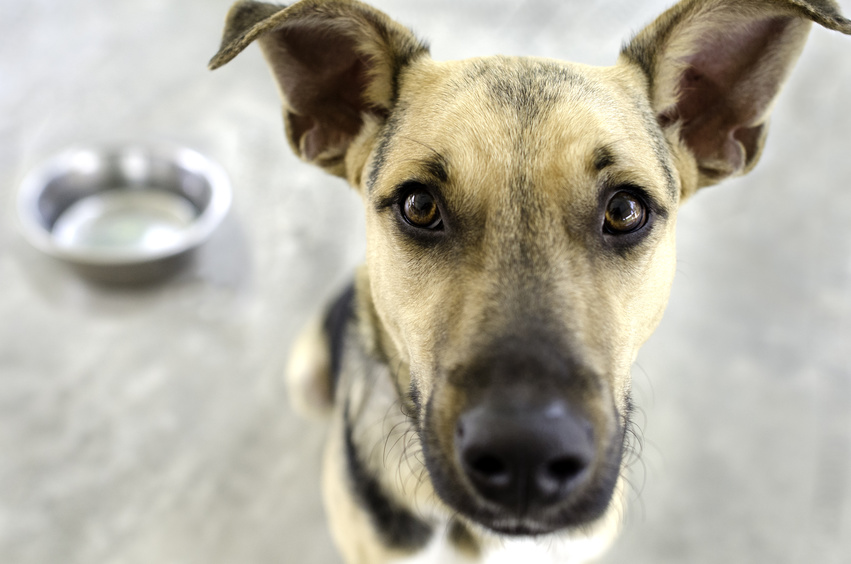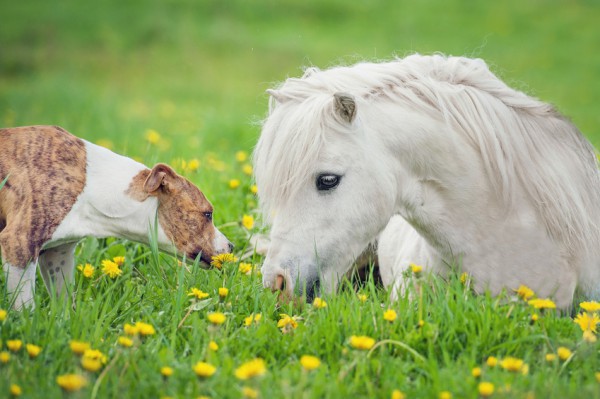What to do if dogs eat too much grass
When, after the winter, the first fresh green sprouts on meadows and fields, it's no wonder when our dogs nibble on the tender, young blades of grass. If, however, you get the impression that your four-legged friend has changed from a meat to an herbivore, so it is worthwhile to take a closer look.
The plus in fiber
If your dog is eating a lot of grass, in the simplest case this is an indicator that there are not enough vegetables or other fiber sources in the food. Your dog is trying to replace the missing fiber by taking in grass and roots. Support your dog by enhancing his daily intake of food with vegetables or other sources of fiber. In order not to overstrain the gastrointestinal tract, this should be done gently and step by step.
Just do not over-acidify
Another thing that is also not infrequently seen is that the dog eats soil. This behavior can theoretically be hinting to a nutrient deficiency, but it is often an attempt to take advantage of the buffering effect of the earth. Because the minerals contained in it can help to balance too much of stomach acid.
Whether indigestible food or too much stomach acid - by taking in the somewhat bulky blades of grass, dogs also try to get rid of the incompatible gastric contents (e. g. bone residues or too much stomach acid) by vomiting. If an excess of stomach acid is the cause, it will only improve in the short term.
Finding the cause and creating a remedy
How can it come to too much gastric acid at all? Cause can be stress, because the secreted hormones cause an increased production of stomach acid with simultaneously reduced formation of the protective gastric mucus. But it can also be due to a high share of proteins or carbohydrates in the diet. In such cases the only thing that will help is often a change of the food composition.
If you have been feeding a diet that is high in protein without carbohydrates (often when feeding a raw diet) for example, it may be necessary to feed carbohydrates (e. g. cooked rice or boiled potatoes) and less meat. The reverse case is also possible: in a diet that has been high in carbohydrates (e. g. dry food), the proportion of it must be reduced and the protein content must be increased. The transition from one extreme to another must happen gradually. The ideal ratio is different for every animal and can lay exactly between the two extremes.

Last but not least an extensive time in-between feeding can lead to increased gastric acid production in animals with a stomach sensitivity. In normal gastric function, the mucous membrane is protected from gastric acid by mucus lying on top of it. With too much stomach acid, this system can be confused.
For most dogs, the best way to digest is to divide the daily portion into several meals. If your pet has a particularly sensitive stomach, you can improve it by offering 3-6 meals a day. It would be ideal for him to get his last food in the evening at around 11 pm. You may even have an automatic feeding machine ready. In the morning your dog should get some food before going for a walk.
Get also help from nature to your four-legged friend with healing clay, elm bark or moor drink.
Photos:

